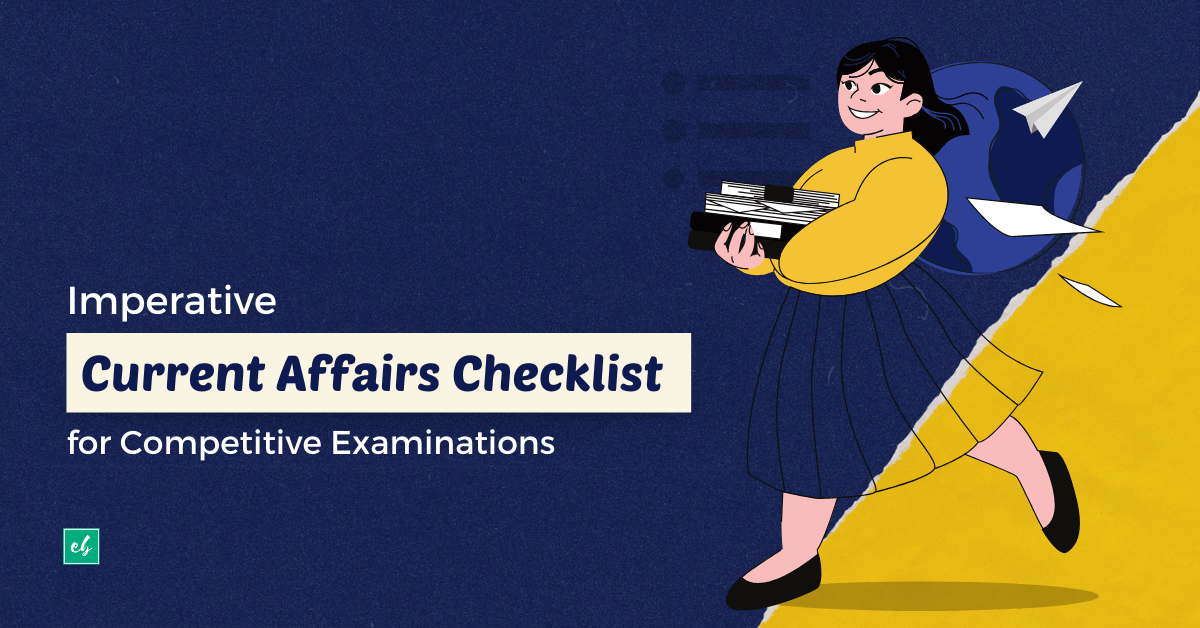
For those who spend hours poring over the latest fashion magazines such as Vogue or Allure attempting to predict the comeback of the ball gown, are sensitive to the difference between sangria and mulberry, and wish to be at the crossroads of fashion and business have an exciting career path open up for them – the path of fashion merchandising. On the surface, this dynamic field may look like it’s all about designer labels, store window displays, and trendy textiles; however, on closer look, one can find that beneath the art lies a lot of science.
And to make a career in this ever-evolving industry, aspirants must ensure the following.
Getting Enrolled in a Fashion Merchandising Course
Most recruiters in the fashion industry would prefer a candidate with a professional degree in fashion merchandising; this is because a fashion design course only touches the basics of merchandising. An exclusive fashion merchandising courses will allow candidates to understand how fashion makes its way from the runway to customers worldwide. They will study and learn about how designers over the years have responded to the stylistic needs of their times, get ample opportunities to exercise and nurture their creativity, develop solid communication skills, get to network with like-minded individuals, and acquire an understanding of merchandise management strategies based on the budget, client needs, etc.
Participating in a Fashion Internship
A fashion merchandising course will involve both theoretical learning and practical experience; however, for real-life workplace experiences, aspirants must pursue a fashion merchandising internship. It is during such official programs that many get a clear picture of where they see themselves working in the future – besides becoming a fashion merchandiser; one may choose to work in advertising, public relations, fabric styling, market research, among others. An internship is more than about building a rich resume; it exposes one to new people, novel ways of thinking, and above all, new insight into one’s own self.
Developing a Competitive Portfolio
It is needless to say that a portfolio is a must, but what is important to remember while developing one is that most recruiters will skim through the portfolio with a quick eye and if they do not like what they see within those few minutes, you’ve basically missed out on making a lasting first impression. In addition to creativity, developing a solid portfolio requires planning – choosing a niche and reflecting one’s passion for fashion through it by including a mix of written and visual elements, making sure all the designs are in line with the current trends, and most importantly, developing a unique portfolio based on the job requirements (no point in designing a portfolio of ball gowns for a job at a sportswear retail store).
Composing a Creative Resume
Finally, aspirants must ensure that their resume is at par with the portfolio. Though indeed, even creative resumes will more or less look similar to their traditional counterparts in terms of the details included, they can still be made unique by adding a pop of colour, including samples of work, among others. Plus, when applying for more than one vacancy, it is better to design multiple resumes, each targeting a specific skill or experience based on the job requirements. However, designing a creative resume must never be overdone to the extent that it begins to look unprofessional.
Additionally, keeping in close contact with retail managers and college professors, networking with other experienced fashion merchandisers and retail business owners is also vital to building a successful career in the fashion merchandising arena. Plus, given that the industry will expect one to wear several hats, aspirants must stay well-rounded by having a basic knowledge of economics, mass communication, marketing, and accounting.
Those who have the fashion industry on their career radar will profit the most when pursuing a fashion merchandising course from highly reputed institutions such as the Pearl Academy. Using a 360-degree comprehensive learning model, students will be trained and prepared for a successful career as retail merchandisers, product merchandisers, category managers, export merchandisers, retail buyers, sourcing experts, etc.
As an industry that is perhaps the most dynamic in the world, one thing is certain – Fashion will never go out of fashion. So, those wishing to make a career in the industry will never run out of opportunities; however, as Janace Bubonia Clarke explains in her book, “Developing and Branding in the Fashion Merchandising Portfolio,” it is a highly competitive industry which demands from every new entrant proper education, experience, and planning.








